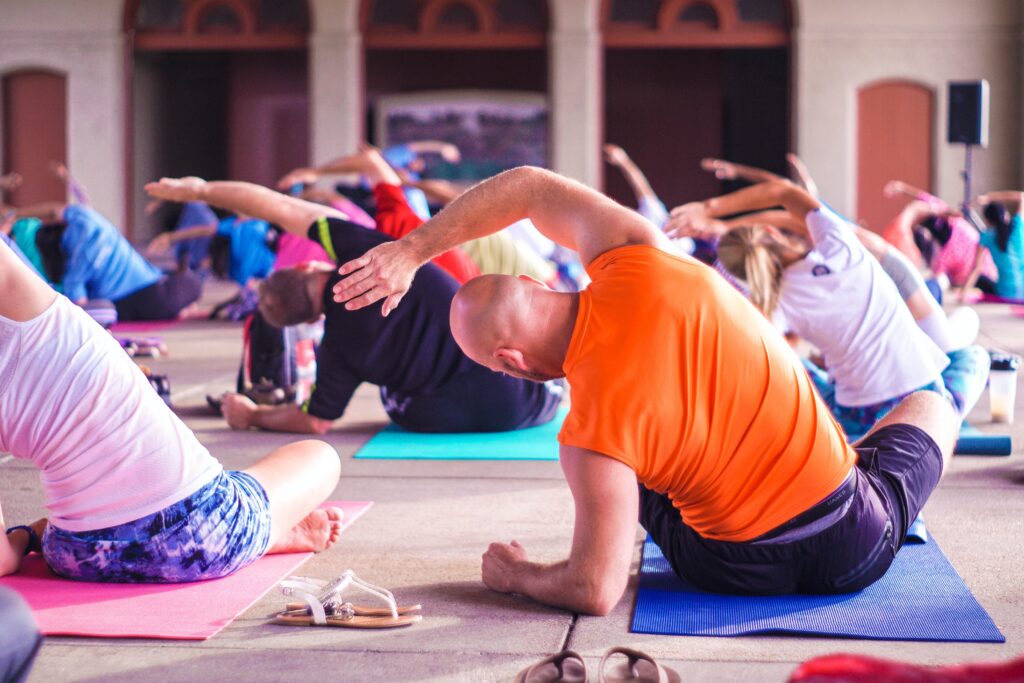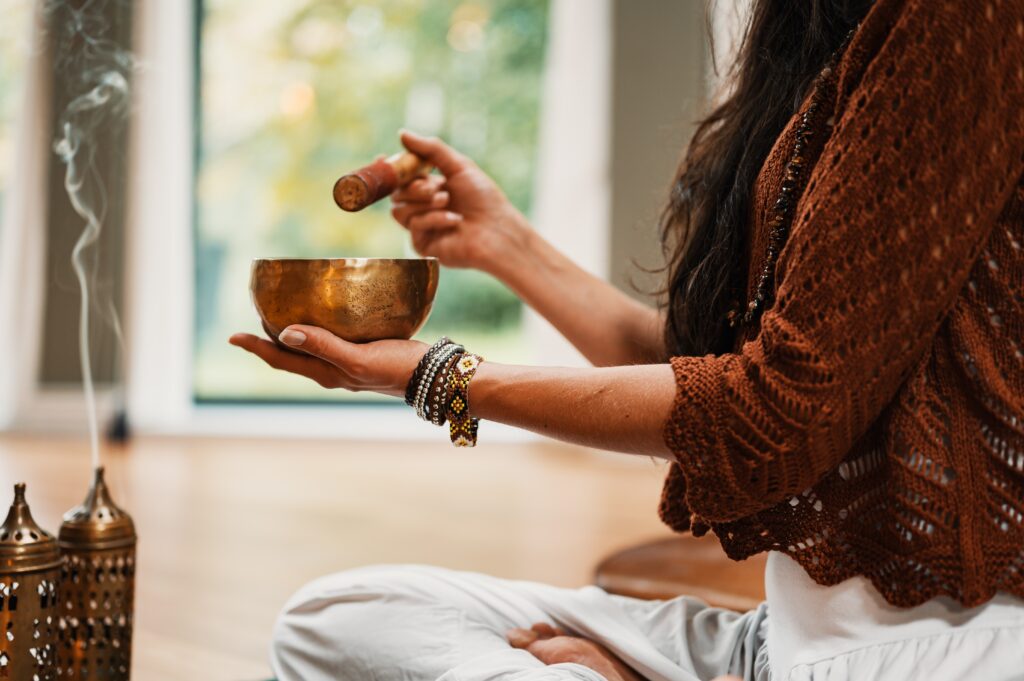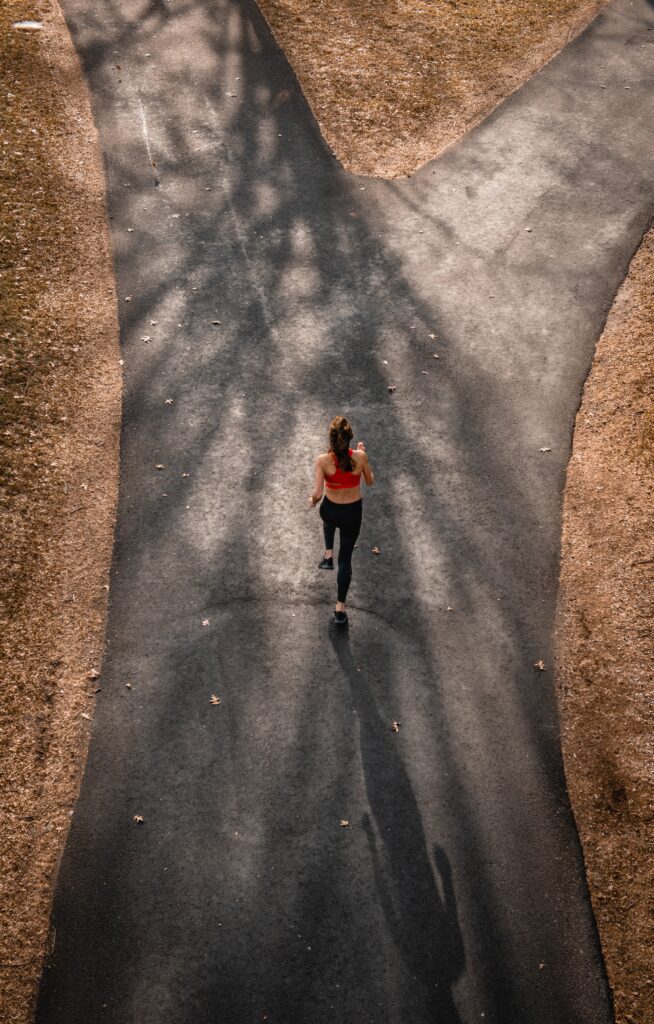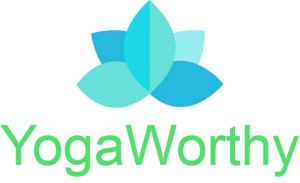
Yoga for all..
Yoga is for everybody. Everybody’s worthy of yoga. You don’t have to be a yogi or a yogini to reap the benefits of yoga. That truth is time tested and proven. Over and over again. That is why it is time for you to rollout the mat and do the physical and mental exercises which millions of practitioners around the world stand by
What is yoga? Or more importantly, why should you try yoga? Yoga is series of preliminary stretches and poses executed with attention to the body. Incorporating breathing to the practice would build up to or tames the body towards an easier mental and spiritual practice. Yoga builds up to better mental clarity. Calms senses and leads to physical release/ relief. And we know what an impact it has on the psyche. And, and because yoga could be gentle when needed, it suits everybody irrespective of your age, demography or where you are physically.
Whether you are young or old, whether you think you are unhealthy or healthy, whether you are actually healthy or not; yoga benefits all, with its ability to give what exactly each part of our composition requires.
Yoga has the power to calm the mind and strengthen the body. Let me use some quotes to put this into perspective. ‘Work the body and rest the mind’, or body needs exercise and mind needs peace or the best cure for the body is a quiet mind. Or a more extreme and samurai version of this ‘civilize the mind but make savage the body’. One could say it just boils down to exercise. This is true. But have you tried mixing simple exercise with body awareness? Yoga ensures that you do. Or a good yoga teacher does.

All these talks about a good, healthy balance of attention to body and mind in your physical practice is the key. This is probably the main differentiator of yoga from any other form of physical practice. It goes without saying that yoga by default has a set of tools to address the psychological part as well as physiological part. We’ve seen more and more people talk about yoga as trauma therapy. Yoga as a holistic practice for kids, yoga for recovery and yoga as part of corporate leadership trainings. The structure of the yoga classes gives full attention to body, breath, mind and heart.
Benefits of yoga
When it comes to talking about benefits of yoga, I get giddy, super excited and also tongue tied. Simply because there are so many good reasons why you should start yoga today. No matter how simple it is or how basic your first sessions is; yoga can give that time you spend on the mat in multitudes. Yoga helps you become stronger and more flexible. It helps you function better in your daily activities and gives overall comfort in this vessel we call ‘the body’. Yoga can help with these conditions too if you keep to a regular practice;
- Back pain, especially lower back pain
- Suboptimal breathing
- Migraines, headaches and stuffiness
- High blood pressure
- Poor blood circulation and physical stagnation
- Arthritis
- Anxiety and stress
- Depression
In my opinion not enough of yoga is used to address mental health aspect. Yoga can be a great tool to handle mental health issues in a safe and more effective way. It pays much needed attention to the physiological part of the equation. Talk therapy is undoubtedly essential. However, incorporating the physiological tools to accelerate the healing process should be given equal regard. It has immense benefits. It can make the process less abrasive and more approachable. It proves to give longer lasting effects.
Why yoga is for everybody
The gentleness of yoga could be one of the reasons why it’s becoming more and more popular. Because it’s approachable. If you have been intimidated by those perfectly done yoga poses of head stands and tree poses, I request you to look beyond it. because if you get overwhelmed by the sight of it and give an unhelpful self-assessment that you are not that flexible to try yoga, you are doing your self a disservice. That is how the internet is. It is a platform for everybody wanting to showcase their best yoga pose. But, let me tell you that as a yoga teacher, I’ve seen how people transform in classes from thinking not so flexible to being extremely comfortable in their body. They can’t remember being less self-assured
If you are already fit and you want to try yoga anyway, yoga is for you too. Yoga offers more intense, strength building poses which falls to so called “advanced” category of yoga. It can definitely help you become stronger and more flexible. When you become stronger and more confident in your flexibility levels; it inevitably helps ou become a better athlete. Say if you are a swimmer or a runner; there are specific yoga poses you can practice to better your practice.
Yoga helps with;
- Improve your posture – you’ll feel this after your first session
- Helps you calm down and slow down
- Regulate stress
- Flexibility – this is especially important to reduce injury
- Increased body awareness
- Understanding Body – breath – mind connection
- Keeping the mind in the moment
- Gain and increase overall physical strength
- Physical and mental endurance
- Better physical balance – yoga even though is a gentle practice has a profound effect on the core strength and spinal flexibility which helps with overall health and balance

Types of yoga
There are so many types of yoga that you could go for. I suggest you try with what’s most available to you. Which class would you stick to, which is closest to you or most affordable. That way you’ll give yourself the luxury of doing it for a longer time without breaking in between. In the first few months; it’s best to do your practice at least twice a week. People report rapid healing when they do their practice daily. Depending on your requirement, you may prefer a certain type or school;
- Integral yoga – is a system of yogathat claims to synthesize six branches of classical Yoga philosophy and practice: Hatha, Raja, Bhakti, Karma, Jnana, and Japa yoga. It was brought to the West by Swami Satchidananda Saraswati
- Hatha yoga – Hatha yoga is the branch of yogathat typically comes to mind when you think of yoga in general terms. The practice involves breath, body, and mind
- Iyengar yoga – named after and developed by K. S. Iyengar, and described in his bestselling[1]1966 book Light on Yoga, is a form of yoga as exercise that has an emphasis on detail, precision and alignment in the performance of yoga postures
- Astanga yoga – The eight limbs form a sequence from the outer to the inner. Postures, important in modern yoga as exercise, form just one limb of Patanjali’s scheme
- Vinyasa yoga – Vinyasais a style of yoga characterized by stringing postures together so that you move from one to another, seamlessly, using breath.
- Yin yoga – It targets the deepest tissues of the body, our connective tissues – ligaments, joints, bones, the deep fascia networks of the body and the meridians. This is contrast to a Yang yoga practice such as Vinyasa yoga which targets the muscles
- Restorative yoga – Restorative yoga is a style of yoga that encourages physical, mental, and emotional relaxation. Appropriate for all levels, restorative yoga is practiced at a slow pace, focusing on long holds, stillness, and deep breathing
Yoga for strength building
If you feel yoga is for the injured, old and kids; think again. We would like to emphasize yoga is for everybody. Yoga looks like a simple stretching routine or a soft practice for those who lack confidence. But those of us who have tried it for many years know that it will take you through your entire fitness journey. If it’s strength building that you are after, yoga is a great practice to achieve that. Yoga postures are ‘stiram sukham asanam’ which loosely translates to ‘steady and comfortable state is the yoga pose’. When you hold a certain pose steadily you build strength. Certain yoga poses, and some of them even in beginner level can give you stronger muscles. For instance;
Bow pose – Dhanurasana, strengthens your entire lower body-upper body back muscles
Locust pose – Salabasana, strengthens your lower body muscles
Downward dog – Adhomukha Svanasana, strengthens your shoulders and leg muscles
Chair pose – Utkatasana, strengthens your leg muscles, knees and ankles
How do I get started with yoga
It’s easier to get started with yoga than you think. There are so many options. And it’s widely available. Check with your neighborhood cultural centre, sports centre or the gym. Online classes have become quite popular with the ongoing pandemic situation. If it’s your first time doing yoga, in person class is still preferred to a virtual session. Until you get the hang of the basics at least. But if you are shy to join an in-person class, please go ahead with a virtual class. Something is definitely better than nothing in this case.
Give it a go
Because it’ll give you a chance at many things. Yoga is a lifestyle choice, even if you take it in a small dose. Yoga can help you become fit for life. It’s like learning to swim. Your body won’t forget the yoga you experience with it. And it’ll thank you for it. yoga isn’t an isolate physical practice. This is the key to why people keep coming back to it. once you have a taste of the psychological benefits a wholistic practice gives you, you don’t want to lose that. Key is to coming back to the moment through your body, paying attention and being aware. This is made so much easier by the practice of yoga asanas and the class structure. It’s designed to approach the more subtle parts through not-so-subtle parts. You begin to hone your attention and awareness that gradually turns to the mind which is the trickier part of the equation. As you become more and more comfortable with this moment in your body, you come to realize the spiritual lightness it gives you. Om Shanthi!

